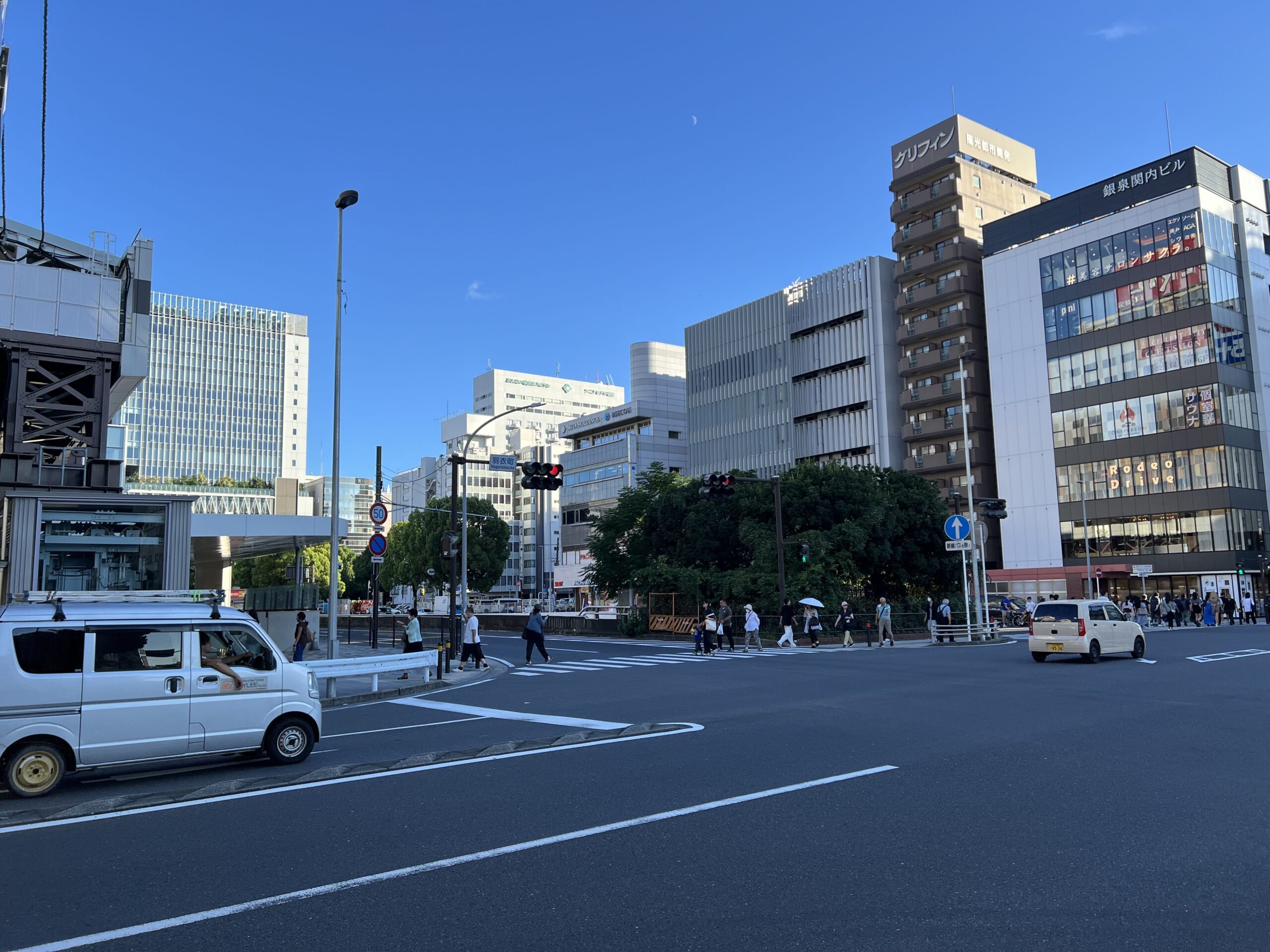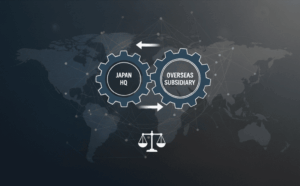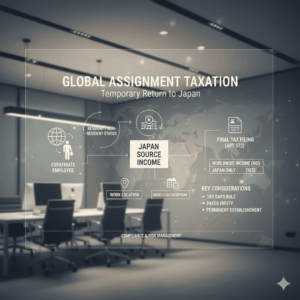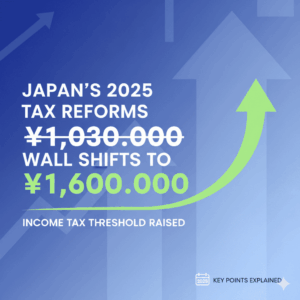The general tax-related procedures that Japanese corporations must complete within a year are wide-ranging, including corporate tax, consumption tax, local tax, and withholding tax. We will explain these procedures in chronological order. This is an example of a general corporation.
1. Initial procedures after establishing a corporation
• Submission of a notification of incorporation: Within one month from the date of incorporation, a notification of incorporation must be submitted to the tax office, prefecture, and municipality. Attach a copy of the corporation’s articles of incorporation and registration.
• Application form for approval of blue color tax return: If you wish to file a blue color tax return, please submit the “application form for approval of blue return” to the tax office within 3 months from the date of establishment or by the end of the first fiscal year of establishment, whichever comes first.
• Notification of Establishment of a Payroll Office: If a corporation pays salaries to employees, it must submit a “Notification of Establishment of a Payroll Office.” to the tax office within one month from the date of establishment.
In addition, there may be cases where it is necessary to submit separate documents, such as when the capital exceeds 10 million yen and consumption tax-related documents are to be submitted, or when depreciation is to be carried out by a method other than the statutory method.
2. Monthly procedures
Payment of withdrawing income tax (monthly or twice a year): When a corporation pays salaries, bonuses, or executive compensation to employees, it needs to deduct income tax in advance and pays it to the tax office by the 10th of the following month. However, due to special provisions, small businesses with fewer than 10 employees at any given time are able to pay the tax twice a year (January and July).
3. Annual procedures (procedures performed throughout the year)
(1) Procedures to be carried out after the end of the business year
Corporate tax return (within 2 months after the end of the business year): Submit a corporate tax return to the tax office and pay the corporate tax within 2 months of the company’s fiscal year end. Profit and loss statements, balance sheets, etc. are required to prepare tax returns. Electronic filing is also possible.
(2) Local corporate tax return (within 2 months after the end of the business year)
At the same time as filing a corporate tax return, submit a local corporate tax return to the prefecture and municipality and pay the tax. There are two types of corporate inhabitant tax: “corporate tax rate” and “per capita rate.” The corporate tax rate is calculated based on corporate tax, and the per capita rate is a fixed amount depending on the business size.
(3) Corporate business tax return (within 2 months after the end of the business year)
Corporate business tax is a tax paid to prefectures according to a corporation’s profits. It must be declared and paid at the same time as corporate tax and corporate inhabitant tax. Tax returns must be filed and paid within two months after the end of the business year.
(4) Tax return for consumption tax (within 2 months after the end of the business year)
If you are a business subject to consumption tax, you must file and pay consumption tax within two months after the end of the business year.
(5) Interim corporate tax return (within 2 months after 6 months)
A tax interim return is required six months after the start of the business year. If the amount of corporate tax for the previous fiscal year exceeds 200,000 yen, you will need to submit an interim return and pay the estimated corporate tax.
(6) Interim declaration of corporate residence tax and corporate business tax
Similar to corporate tax, interim returns are filed for corporate inhabitant tax and corporate business tax, and taxes are paid based on the estimated amount. This is also done six months after the start of the business year.
(7)Year-end adjustment for salaried employees (December)
If a corporation employs employees, year-end adjustments are made for salaried employees in December. Year-end adjustment is a procedure to settle the withholding income tax and the actual tax amount on salaries paid during the year.
(8) Submission of legal records (until January 31st of the following year)
A legal record regarding salaries, remuneration, interest, dividends, etc. paid during the year is prepared and submitted to the tax office by the end of January of the following year. It is also necessary to report the details of the withdrawing income tax.
(9) Submission of salary payment report (until January 31st of the following year)
A salary payment report is a report on employee salaries and is submitted to the municipality where each employee lives. Based on this, the employee’s residence tax for the following year is determined.
(10) Submission of depreciable asset declaration form (until January 31 of the following year)
Corporations that own depreciable assets other than fixed assets (buildings, land) must submit a depreciable asset tax return to each municipality by the end of January of the following year, and pay the fixed asset tax levied on the depreciable assets. declare and pay.
Summary
There are a wide variety of tax-related procedures that Japanese corporations must complete each year. In particular, advance preparation is important because corporate tax, consumption tax, and local tax returns and payments are concentrated within two months after the end of the business year. In addition, there are strict deadlines for year-end adjustments, submission of legal records, and submission of salary payment reports, so it is necessary to meet them reliably.










